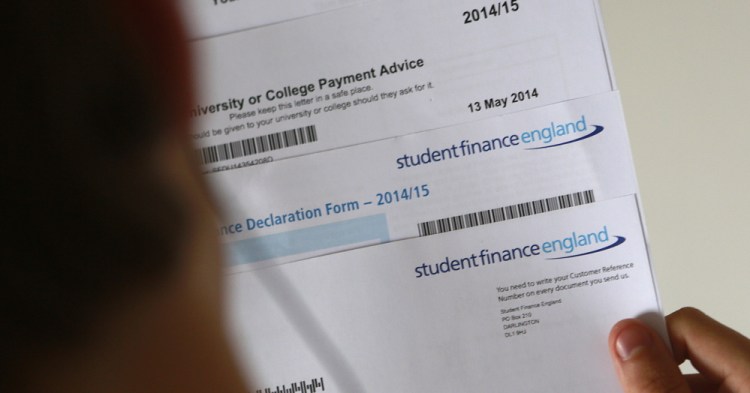The availability of student loans has increased dramatically since the 1990s, making higher education financially possible for students across a much broader economic spectrum.
However, there is a downside: A huge industry has sprung up around the expansion of the federal loan program, and its pursuit of profits has led to a growing number of students and graduates with onerous debt.
The most prominent participants in that industry are private student lenders and for-profit colleges such as the University of Phoenix, Kaplan University and DeVry University.
In their search for the right education, students are sure to come across many of these for-profit colleges, which offer a variety of specialized courses both on campus and online.
But financial experts say there are usually alternatives to for-profit colleges that offer the same value at a much lower price. For-profit colleges are among the most expensive ways to get an education, they spend a large percentage of their revenue on marketing, and they have been accused repeatedly of overstating the job prospects and earning potential of their graduates.
Students who attend for-profit colleges also are far more likely to take out large, private student loans, which can have interest rates as high as twice the rate of federally subsidized loans.
In two separate lawsuits filed in February and September, the federal Consumer Financial Protection Bureau accused two for-profit college owners, ITT Educational Services Inc. and Corinthian Colleges Inc., of various shady practices. The bureau said Corinthian “lured tens of thousands of students to take out private loans to cover expensive tuition costs by advertising bogus job prospects and career services.”
The company then used illegal “strong-arm” tactics to coerce repayment, it said.
“For too many students, Corinthian has turned the American dream of higher education into an ongoing nightmare of debt and despair,” bureau Director Richard Cordray said in September.
In February, the bureau sued ITT for similar predatory lending practices such as rushing students through the loan application process without adequately explaining their obligations as borrowers. It also accused the company of offering students zero-interest “temporary credit” for their freshman year, knowing that they eventually would have to convert that debt into high-interest private loans.
“ITT marketed itself as improving consumers’ lives but it was really just improving its bottom line,” Cordray said.
Noah Black, spokesman for the Washington, D.C.-based Association of Private Sector Colleges and Universities, which represents the for-profit college industry, did not return calls seeking comment.
In a separate report issued in October, the bureau examined more than 5,300 complaints filed by private student loan borrowers and found that the lenders were driving them into default by failing to offer viable loan restructuring agreements.
In his Downeaster Common Sense Guide to Student Loans, published in October, student-lending expert David Leach found that the student loan default rate among students who had attended for-profit colleges was much higher than among those who had attended community colleges and traditional four-year schools.
“Nearly half of all defaults on student loans originate from for-profit schools, despite the fact that students from these schools only represent 10 percent of the national college student population,” Leach wrote.
In a November interview, Leach said it is possible to get a good education at a for-profit school. However, in most cases an equally good education can be obtained at a community college or nonprofit university for less money, he said.
“People should become consumers of higher education,” Leach said. “They should do it with their eyes open.”
Send questions/comments to the editors.




Success. Please wait for the page to reload. If the page does not reload within 5 seconds, please refresh the page.
Enter your email and password to access comments.
Hi, to comment on stories you must . This profile is in addition to your subscription and website login.
Already have a commenting profile? .
Invalid username/password.
Please check your email to confirm and complete your registration.
Only subscribers are eligible to post comments. Please subscribe or login first for digital access. Here’s why.
Use the form below to reset your password. When you've submitted your account email, we will send an email with a reset code.